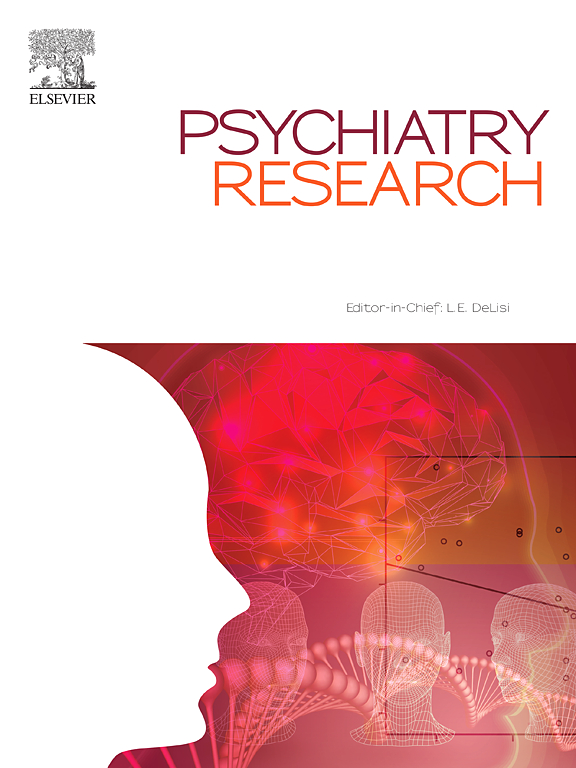Rates of anxiety disorders, mood disorders, and substance use disorders in federally qualified health centers, 2019-2022
IF 4.2
2区 医学
Q1 PSYCHIATRY
引用次数: 0
Abstract
Federally qualified health centers (FQHCs) provide comprehensive health care services to underserved communities throughout the U.S. and are an important setting to examine changes in mental health and substance use disorders during the COVID-19 pandemic. National data from 1359 unique FQHCS serving over 29 million patients from 2019–2022 were analyzed. Diagnoses of mental health and substance use disorders were based on the Uniform Data System. From 2019–2022, the number of patients seen in FQHCs increased by 661,521 patients (2.26 % increase). Across FQHCs, diagnoses of anxiety and trauma-related disorders (AXD) increased by 22.78 %, mood disorders (MD) increased by 1.64 %, drug use disorder (DUD) increased by 4.42 %, and alcohol-related disorders (AD) increased by 2.55 %. By U.S. state, the relatively largest increases in diagnoses of AXD and MD were in Delaware and Alabama. The largest increases in diagnoses of AD and DUD were in North Dakota and Alabama. FQHCs that served larger homeless patient populations showed smaller increases in diagnoses of mental health and substance use disorders than other FQHCs. In conclusion, there was a greater than 20 % increase in AXD diagnoses across FQHCs from 2019–2022, but a <5 % increase in diagnoses of other individual common mental and substance use disorders. These findings highlight both the vulnerabilities and resilience of FQHCs and their patients during the COVID-19 pandemic.
求助全文
约1分钟内获得全文
求助全文
来源期刊

Psychiatry Research
医学-精神病学
CiteScore
17.40
自引率
1.80%
发文量
527
审稿时长
57 days
期刊介绍:
Psychiatry Research offers swift publication of comprehensive research reports and reviews within the field of psychiatry.
The scope of the journal encompasses:
Biochemical, physiological, neuroanatomic, genetic, neurocognitive, and psychosocial determinants of psychiatric disorders.
Diagnostic assessments of psychiatric disorders.
Evaluations that pursue hypotheses about the cause or causes of psychiatric diseases.
Evaluations of pharmacologic and non-pharmacologic psychiatric treatments.
Basic neuroscience studies related to animal or neurochemical models for psychiatric disorders.
Methodological advances, such as instrumentation, clinical scales, and assays directly applicable to psychiatric research.
 求助内容:
求助内容: 应助结果提醒方式:
应助结果提醒方式:


